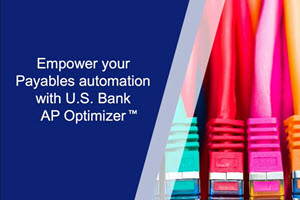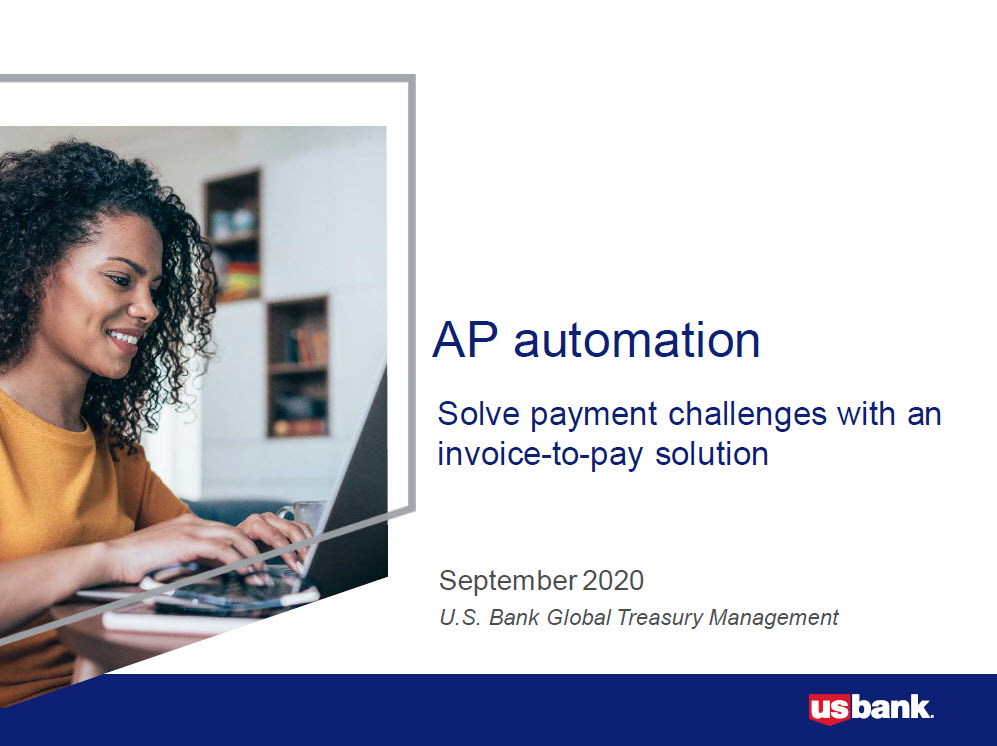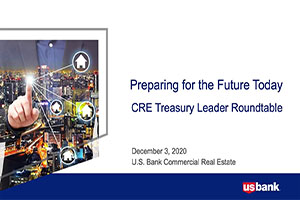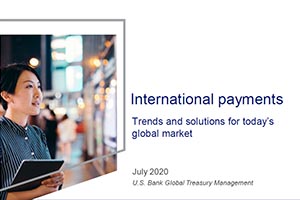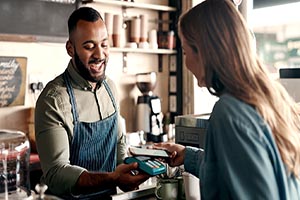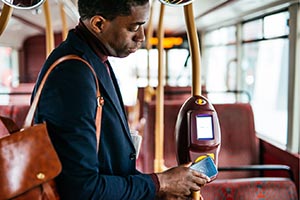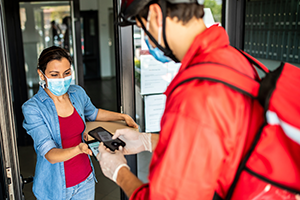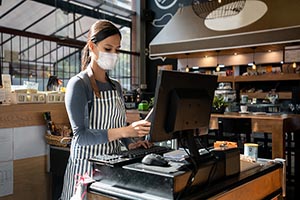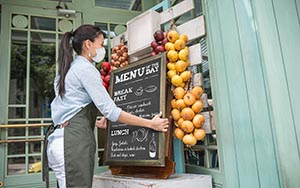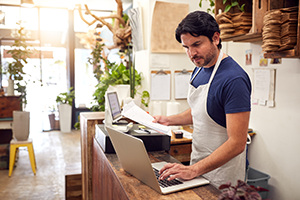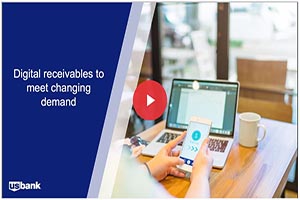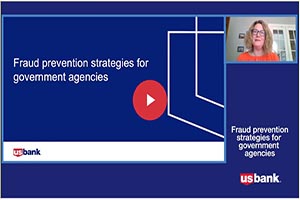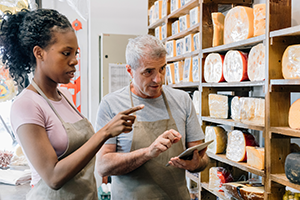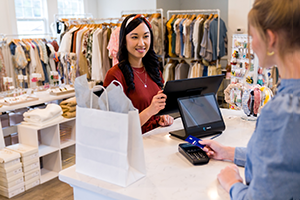Retail pop-up shops offer a flexible testing ground for brands and a novel experience for customers. Considering a pop-up experience for your own business? Here’s what you’ll need to get started.
Pop-up shops have been a growing trend in retail over the past few years—but what is a retail pop-up shop? Essentially, pop-up shops are retail spaces that are open for a short period of time—anywhere from one day to a few months.
Retail pop-up shops offer businesses a low-risk opportunity to test out new products or recipes, and in some cases, new markets and audience sectors. Plus, retail pop-ups can help you build buzz around your business and create an exciting, unique shopping experience for customers, whether your business is online-only or a brick-and-mortar store.
Are you thinking about planning a retail pop-up shop for your business? Review this list to prepare for payment acceptance, inventory tracking and promoting your brand. Here’s what you’ll need to get started:
1. Retail space for your pop-up shop
If you’re opening a pop-up shop, the first thing you’ll need a space to set up in. The beauty of retail pop-up shops is that there are so many possibilities when it comes to the layout, look and feel of your operation.
Some companies opt for renting out small storefronts for a limited time (usually in months versus days). Business owners might choose to do a pop-in, which involves partnering with another business for one day and hosting a retail event in their store. Other retail pop-up shops space examples include festivals, mall kiosks or mobile pop-ups—think trailers or even renovated shipping containers.
Pop-ups are an opportunity to break away from the traditional brick-and-mortar store and try a different approach. The excitement and entertainment of a pop-up space is a huge draw for curious consumers, and give you the opportunity to introduce your goods to a new audience.
When hunting for a location for your pop-up, consider the amount of foot traffic in the area as well as the surrounding businesses. Is foot traffic going to be greater than it is at your shop? Do the services or products around you complement your pop-up shop offerings?
2. Licenses and maintenance
Just like any other business, you’ll need to have proper documentation to operate legally in your pop-up space. The requirements may vary by business and location, so be sure to check your local laws before starting operations. Retail pop-up shop paperwork may include:
- A lease or rental agreement
- Licenses or permits
- Insurance
You’ll also have to account for equipment, maintenance costs and, in some cases, utilities like electricity, internet or phone bills.
3. Staff for your pop-up location
Once you have a space secured and an operation plan in place, you may need employees to operate your pop-up shop. When it comes to hiring employees, you should consider the following questions:
- How many employees are needed to run the pop-up shop?
- How many hours will each employee need to work? (This will help you determine your budget before setting up shop.)
- Will you hire new employees for the pop-up shop, or will you recruit them from an existing store?
- What kind of training will be required for employees working at the pop-up shop?
4. A mobile POS solution
Now that everything is set up, how will you accept payments at your shop? Since pop-ups aren’t always located in traditional storefronts, a mobile POS solution can be a viable option because it allows you to accept payments quickly, easily and securely. Plus, having your point-of-sale on a device that uses cellular data means you won’t have to worry about being near Wi-Fi when you make a transaction.
Most mobile POS solutions allow you to manage inventory right from an app and are available for free with the addition of a low-cost card reader, allowing you to accept all major credit cards and digital payments. Plus, the compact design and paperless technology mean convenience for you and your customers. If it’s your first time operating a business in person, a mobile POS (mPOS) offers a flexible and easy-to-learn method for payment processing.
5. Marketing and signage
Finally, you’ll need a marketing plan to get the word out about your new temporary shop and invite people to participate.
Let existing customers know you’ll be doing a retail pop-up shop by sending an email newsletter or leverage paid social media to tap into new audiences. Even in the digital age, going back to the basics can also be effective: invest in signage that will attract attention, directing foot traffic and new customers to your pop-up space.
Whether you’re looking to test new products or do a trial run for a brand-new business concept, the retail pop-up shop model provides that opportunity in a low-risk environment. With this list checked off, you can feel confident about your upcoming business venture.
Learn more about payment solutions available at U.S. Bank.










